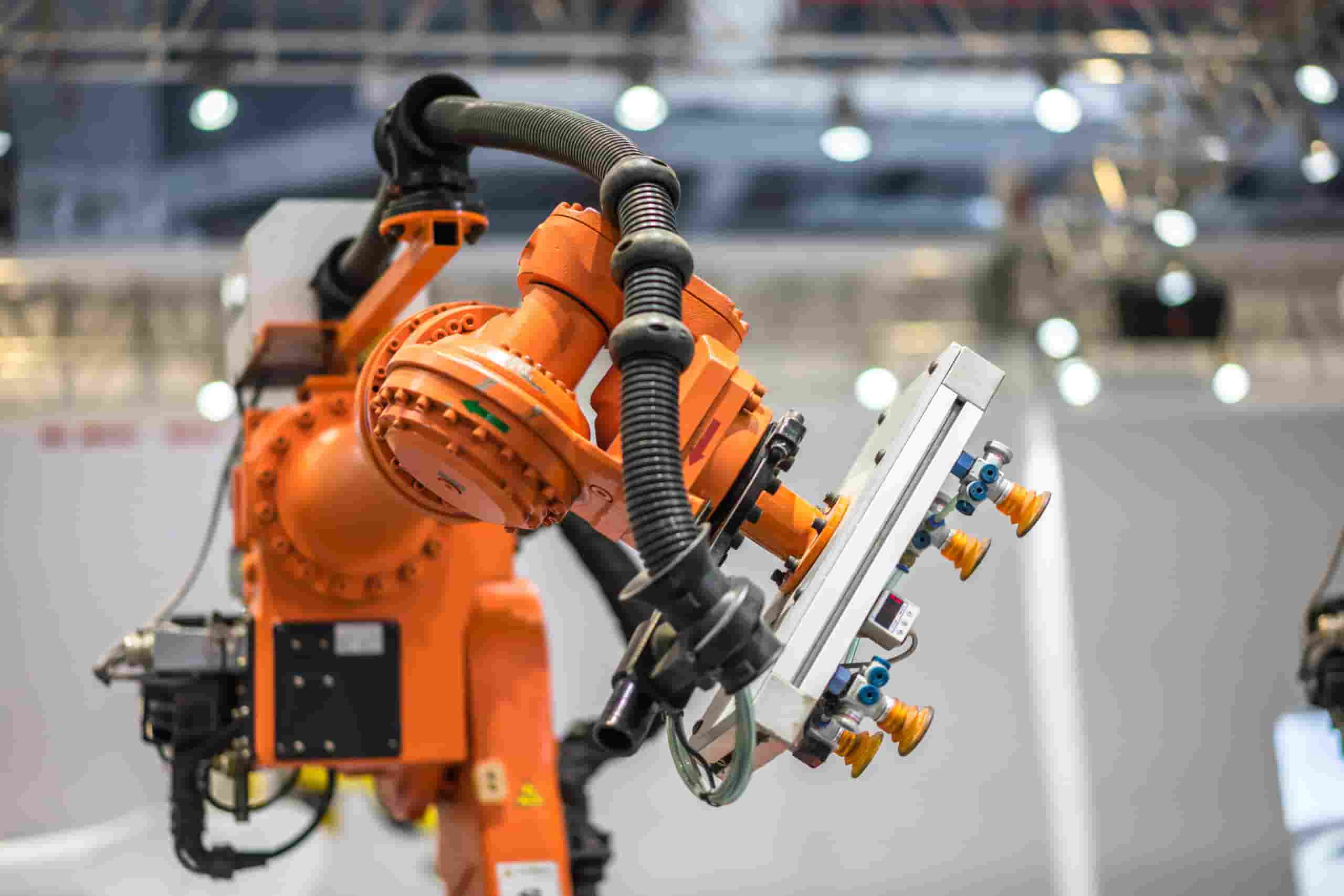 This month, we spoke with Dr. Satyandra K. (S.K.) Gupta, a long-time ARM Member and renowned expert in the robotics industry. Dr. Gupta is the Smith International Professor in the Department of Aerospace and Mechanical Engineering and Department of Computer Science in Viterbi School of Engineering at the University of Southern California. He also serves as the Director of the Center for Advanced Manufacturing.
This month, we spoke with Dr. Satyandra K. (S.K.) Gupta, a long-time ARM Member and renowned expert in the robotics industry. Dr. Gupta is the Smith International Professor in the Department of Aerospace and Mechanical Engineering and Department of Computer Science in Viterbi School of Engineering at the University of Southern California. He also serves as the Director of the Center for Advanced Manufacturing.
Dr. Gupta’s interests are in physics-aware decision making to facilitate and advance the state of automation. He has published more than 400 technical articles. He is a fellow of the American Society of Mechanical Engineers (ASME), Institute of Electrical and Electronics Engineers (IEEE), and Society of Manufacturing Engineers (SME). He serves as the editor of the ASME Journal of Computing and Information Science in Engineering. You can learn more about his background here.
1. S.K., you have been involved with ARM since its earliest days. Why did you decide to become a member?
Robotics and automation is a focus area for the USC Center for Advanced Manufacturing. Our center collaborates with several aerospace and defense companies in robotics and automation. Our work aligns very well with the mission of ARM Institute, so becoming a member of ARM Institute was an obvious choice for us.
2. As a long term ARM member, what would you tell someone who is considering membership?
The ARM Institute allows members to understand the needs of the community, and partner with other members with complementary expertise to develop solutions to meet these needs. Members also have access to technology and training material developed by the previously funded projects. ARM offers great networking opportunities through meetings and access to experts in virtually all areas of robotics.
3. USC has been involved with ARM technology projects. Can you share some insight on one of the projects relative to goals and successes?
We have contributed to robotic sanding project led by Lockheed Martin. This project enables automated sanding in high mix application areas. The developed system can automatically generate robot motions necessary to perform robotic sanding. This technology can be adapted for robotic polishing as well. This technology is expected to have a wide raging impact on the finishing industry. This is expected to eliminate needs for humans to perform ergonomically challenging tasks and improve consistency of the sanding operation.
4. Tell us a little bit about the project teaming process at ARM. How have you become part of an ARM project team and how does it typically work?
We have had prior relationships with many ARM Members. We have also met a few new organizations at the Member Meetings. We usually talk to companies interested in deploying robots and try to understand their challenges and needs. This allows us to join teams based on our expertise and interests and also recruit organizations with complementary skills to help our teams.
5. In addition to your role at USC, you have recently become involved in a start-up called GrayMatter Robotics. Can you provide some insight into your solution?
GrayMatter Robotics is using AI technology to enable robotic assistants to program themselves from the high-level task descriptions and utilize sensor data to adapt the programs to deliver efficient and safe operational performance in high-mix sanding applications. Our initial focus is on robotic sanding. Sanding is a widely used surface finishing process during manufacturing of parts made from metal, composite, and wood. Sanding is an ergonomically challenging operation. Traditionally robots are used only on mass production applications, therefore, sanding has remained a manual operation in high-mix applications.
The advent of human-safe robots is enabling robots to collaborate with humans on ergonomically challenging tasks and amplify human productivity. This enables robots to perform a large fraction of sanding operation and only requires humans to perform the final touch-ups. The availability of 3D vision and force sensors enables robots to operate without custom fixtures and accommodate part and fixture variability. These recent advances in robotics make it possible for robots to be used in high-mix sanding applications. The manual programming of robots is economically not viable in high mix sanding. GrayMatter’s technology enables automated robot programming. It ensures quality consistency, increases productivity, and enables scalability in production for the manufacturers.
ABOUT THE ARM INSTITUTE
The Advanced Robotics for Manufacturing (ARM) Institute The ARM Institute accelerates the development and adoption of innovative robotics technologies that are the foundation of every advanced manufacturing activity today and in the future. We leverage a unique, robust and diverse ecosystem of partners across industry, academia and government to: make robotics, autonomy and artificial intelligence more accessible to U.S. manufacturers large and small, train and empower the manufacturing workforce, strengthen our economy and global competitiveness, and elevate our national security and resilience. Founded in 2017 in Pittsburgh, PA by Carnegie Mellon University and operating as an independent non-profit funded by the Department of Defense, ARM is part of the DoD Manufacturing USA® network. Learn more at www.arminstitute.org.
